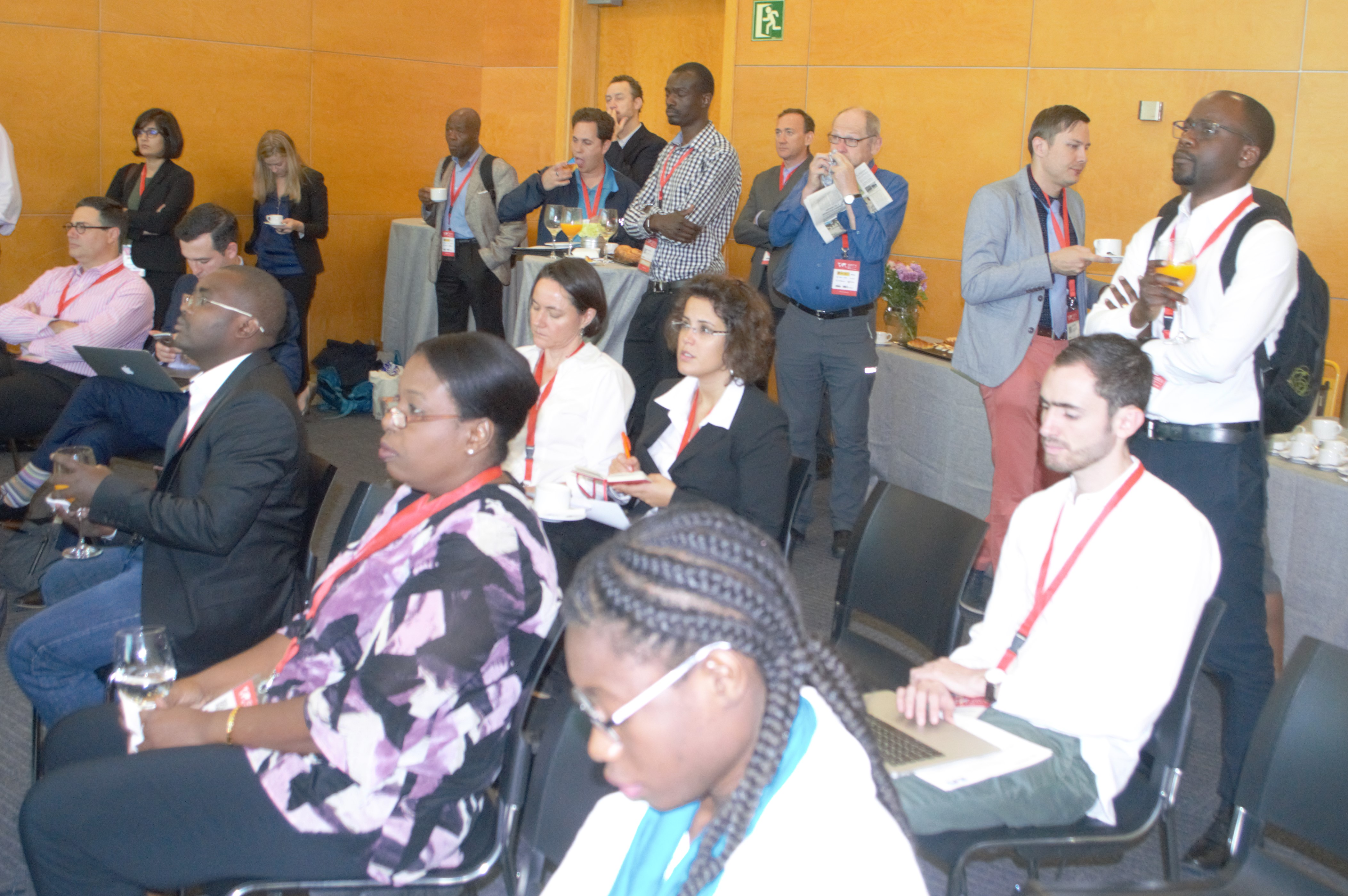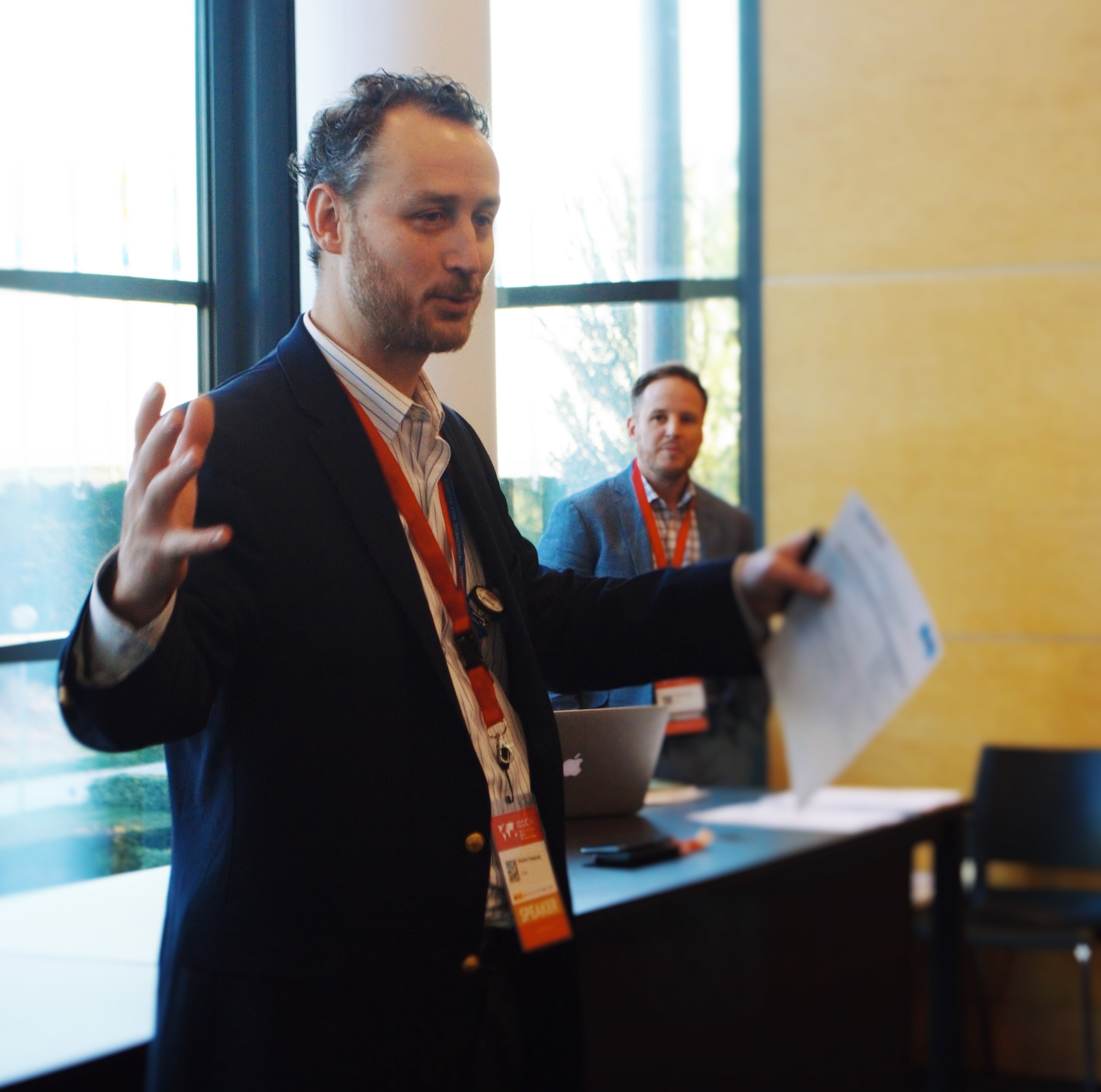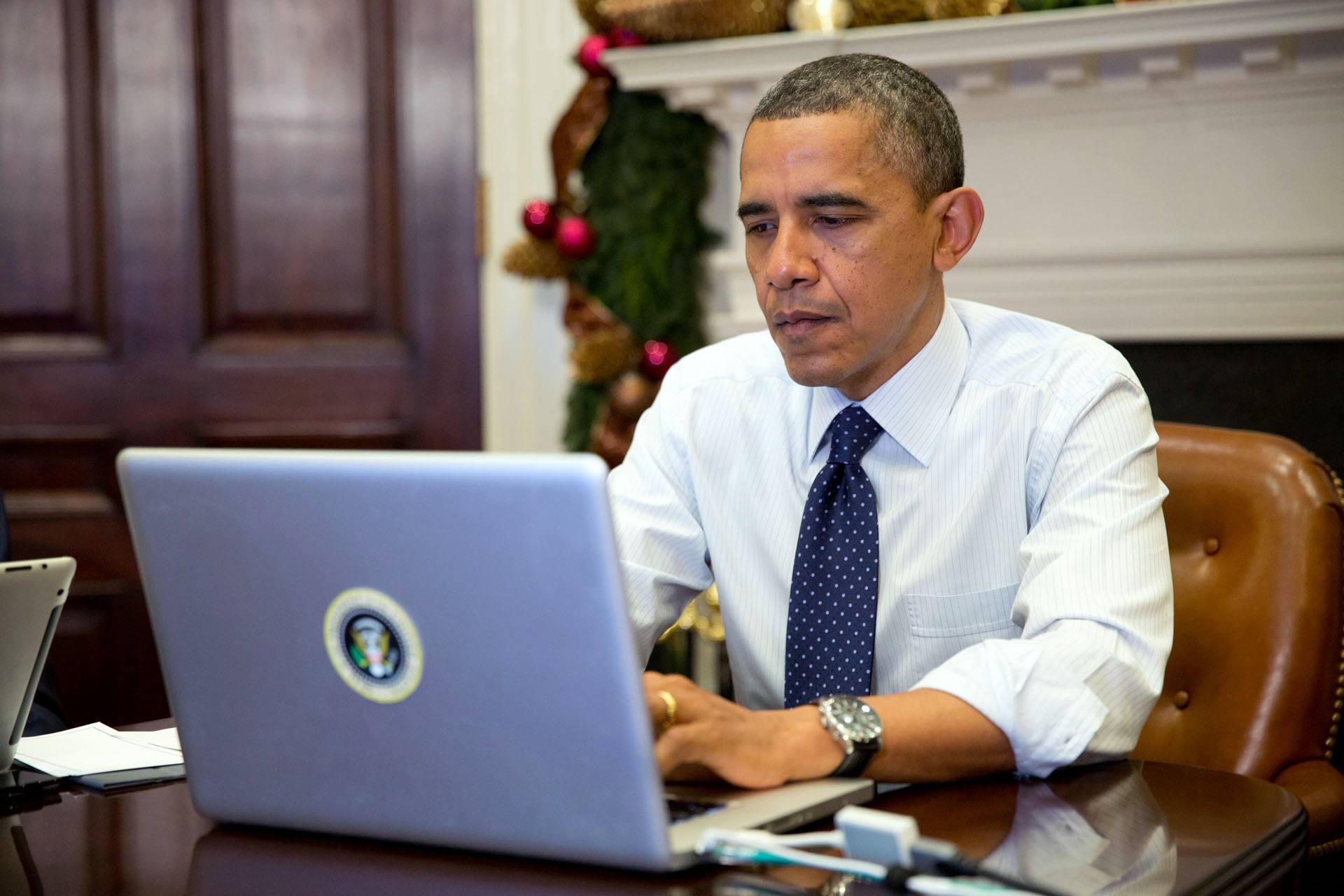By Winnie Kamau
President Barack Obama will be quitting the stage as the Chief of the United States of America while pundits are watching careful whether his successor Donald Trump will fit into the big shoes that Obama started in creating an open government.
Experts have attributed Open Government Data as one major part of Obama’s legacy as the 44th President of the most powerful country in the world. During his second term it will be noted that Obama did sign an Executive Order -Making Open and Machine Readable the New Default for Government Information. At the 4th International Open Data Conference (IODC) held in Madrid, Spain a new portal was launched by the US government through its Aid Agency to comply to the executive order made in 2013.
Through the United States Agency for International Development (USAID) a new evaluation policy has been released all organizations expecting or receiving funds are required to ensure they collect data and share it using the new portal dubbed Development Data LIbrary (DDL).

Speaking to Chief Data Officer of USAID Brandon Pustejovsky noted that the agency for a long time it was a requirement after completion of every project a report was sent to them “Historically USAID has only requested reports of the end results in narrative formats pdf documents but we have not historically requested the raw data and underlying those reports” adding “What happens at times the member of the public may see a claim made in a report and ask where is the data that substantiates the claim. In order to be good stewards of data and taxpayers funds we want to make sure we can in fact substantiate those claims with the actual data .”
In 2014 USAID did change all its grants, cooperative agreements and its contracts to specify that if you are receiving USAID funding in generating data on international development , you must submit that data to the Development Data Library.
The Development Data Library (DDL) Platform is an online repository of datasets made available by Organisations funded solely by the Taxpayers of the US Government. DDL was launched to the International audience during the International Open Data Conference in Madrid. It contains five fiscal years of Data from 44 Countries of the world explains Andie Vaughn a Program Analyst at USAID “It contains five fiscal years of data you can build up through 44 different countries and you can download it in machine readable format and you can use it” Adding “On the Micro Enterprise Results Reporting Portal the goal of the USAID’s micro enterprise developments efforts is to broaden access to micro finance access in developing countries .”
According to Scott Thompson Senior Data Scientist at USAID describes the new platform as having an interactive dashboard “We are embarking our efforts to support the data producers, those who are in the field, those who are on the ground, those who are working on USAID funded projects to deliver detailed data to users”. The DDL portal according to the USAID expert is set to solve two connecting goals which one allows the producers of the data are able to receive and curate the data that USAID funded projects are generating and also give the users an enhanced access on detailed development data. “DDL has been designed to be a living active repository where the development community can grow and use together to begin to close the gap between the data producers and the data users” adds Scott.

Brandon assures that the data will be well secured “We think responsible data is just as important as open data. We want to make sure that the privacy of vulnerable individuals we are called to serve is also respected we do make sure there’s a rigorous clearance process that the data goes through before releasing it to the public”.
One of the future vision for USAID stands at creating an Application that can allow one to key in the data from the remote areas where internet access is still a challenge.
While some are skeptical about the new requirement some of the organisations have welcomed the move saying it will ease data sharing among organizations and avoid duplication of work done by organizations. According to Moses Sitati of the Humanitarian Data Exchange (HDX) has had challenges in getting Humanitarian data. “I am not a user of USAID data portal directly but I have tried getting USAID projects data so I have talked to different people who are funded by USAID trying to get their data but they have not been able to share it with me because of maybe non disclosure agreements or restricted data sharing linked to those projects .” says Moses.
Adding “For us what we are trying to do is to collect humanitarian or development data from the Horn of and Southern Africa which is pretty wide ranging from socioeconomic data, health, education, poverty, WASH, different activities that would help someone know what a baseline situation is on the ground.” Moses further explains “Because we are doing it for humanitarian purposes so that if a crisis occurs we would be able to understand at a low administrative district ward level what the baseline conditions were and how it has changed after the crisis.Right now the statistics it is at high level on the County level and National level.”
The Humanitarian Data Exchange aggregates data that has relevance to humanitarian response and shares the data among Humanitarian partners. The Data Exchange organisation also is involved in community awareness on how well they can respond to disasters through the use of open data.
We can only wait and see how many organisations will be able to adhere to this new requirements and whether the Trump led government will enforce and open data government.














